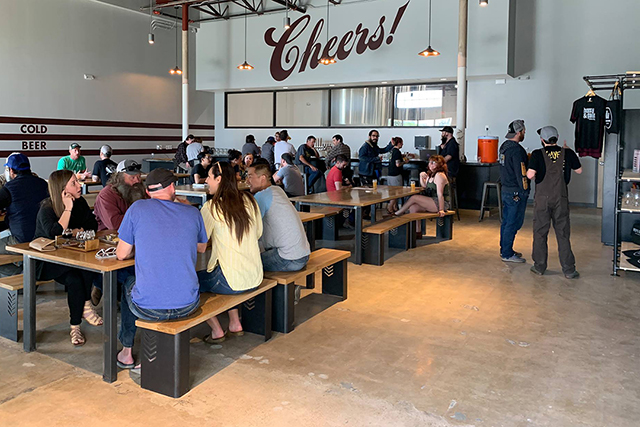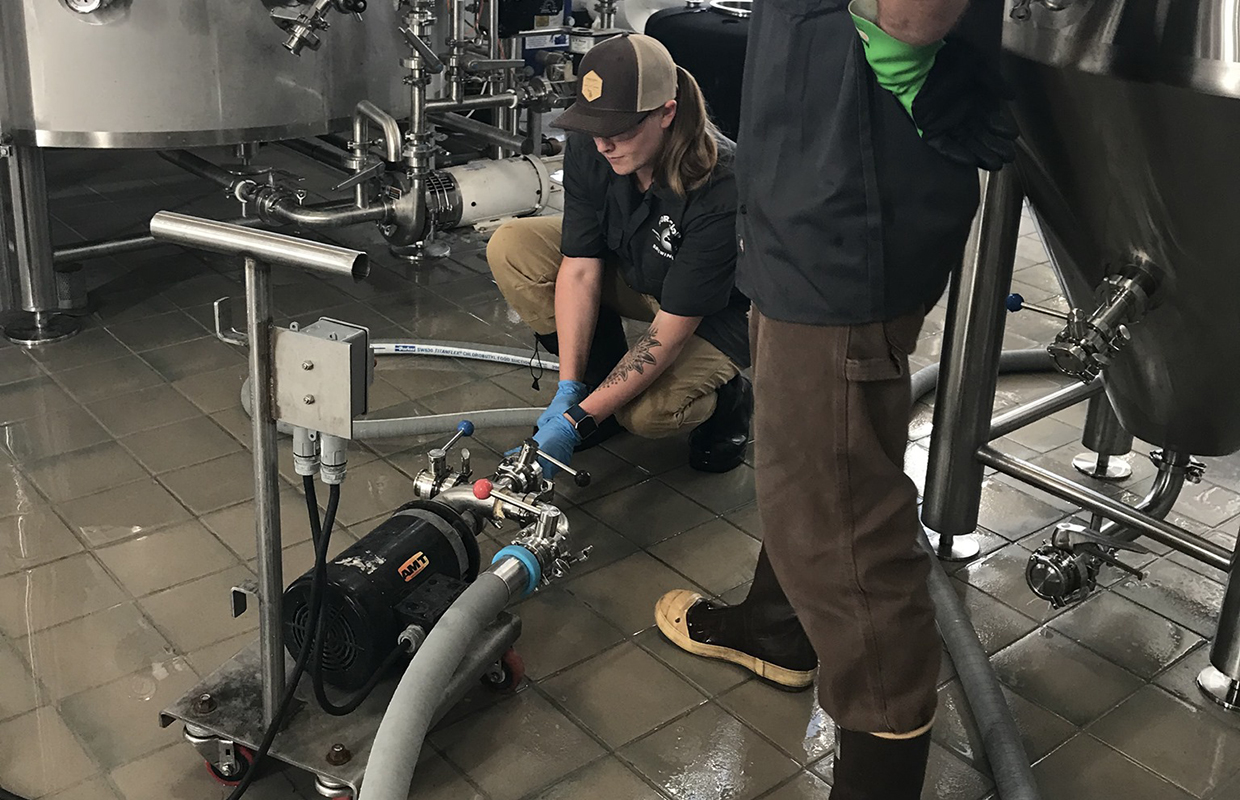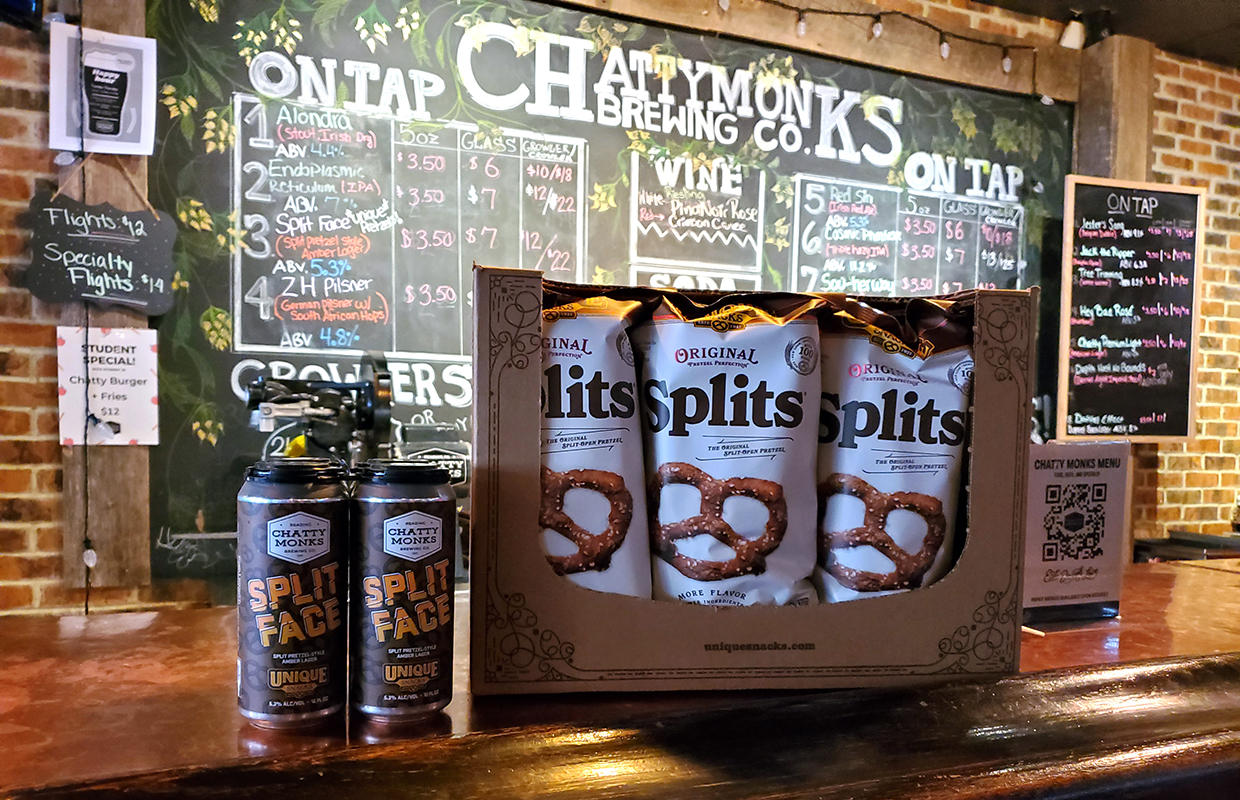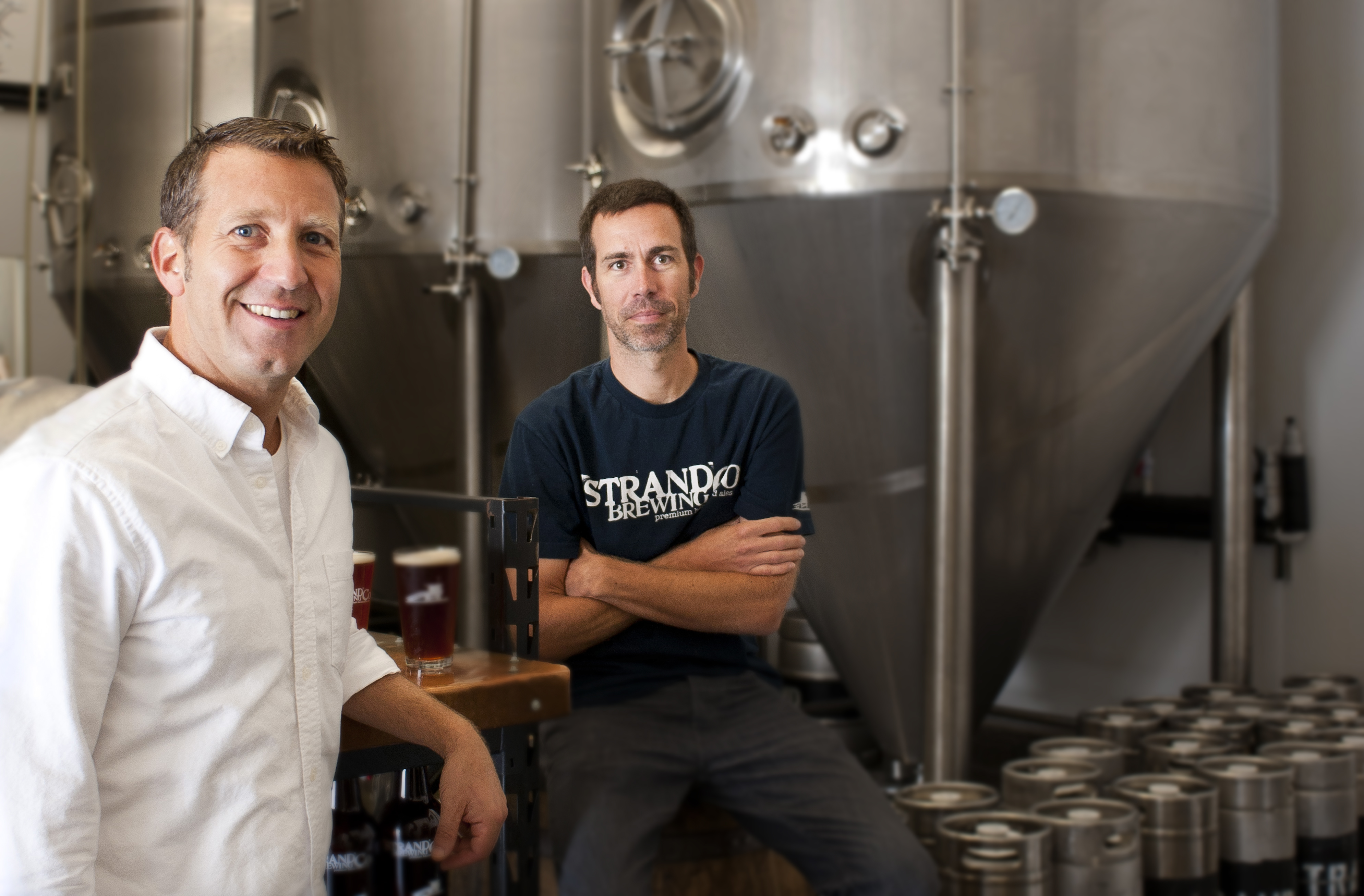
Nearly eight years later, Josh Hare gets to build the brewery he always wanted.
When Hops & Grain opened in late 2011, the Texas laws were tough. Over-the-bar taprooms sales weren’t permitted and the location the Austin, Texas brewery was located was still in early development.
Now, the brewery opened its new production facility 30 miles south of town, in San Marcos, Texas while allowing the original brewery and taproom to stay in place to stay connected to the locals that helped build the brewery up to around 8,000 barrels per year.
“Our tasting room is such a great component for the neighborhood,” said Hare, the brewery’s founder. “It’s great for business, great for marketing and great for customer interaction.
“We didn’t want to give the space up because it’s right on 6th Street and it’s easy to find. And we’re one of the first ones in East Austin.”
A lot of contributing factors came into play for Hops & Grain before deciding on moving its main production 30 miles away from what has been considered home. The brewery currently distributes within a 100-mile radius of Austin, but it has moved south to San Antonio. Finding the niche there took time, Hare said. Being in between both Austin and San Antonio is a good spot for growth while the brewery will begin to look to expand distribution to other parts of Texas, especially Houston and later on, Dallas/Fort Worth.
“Austin is a hard place to find good real estate that has proper zoning for a brewery, but also is accessible to customers coming into a tasting room,” Hare said, noting that the city is trying to force newer breweries to industrial zoning areas on the outskirts of town.
“Our whole model was always around being in the heart of things,” he said.
Hare said that San Marcos is really cool college town with a great community that a lot of Hops & Grain staff live in or close to.
That’s when things aligned.
”We could find a much bigger space then we could find in Austin and find it in the heart of the city where we can operate a tasting room and be in the middle of 37,000 students that are going to Texas State,” Hare said. “So things fell into place and we had a lot of encouragement from our staff who live down there.
“Most of them were already plugged into the local scene and community and most of them went to college there. So we had we had roots there. It made a lot of sense.”
For the past several months, Hare has been able to work with his staff on creating the brewery they always wanted. Instead of being crammed into 3,000 square feet — as they did from the start — and grabbing additional floor space in the multi-faceted location that the original brewery is housed at, Hops & Grain was able to work from the floor up.
The floor being a major key.
“I think anybody that you talk to that’s worked in a brewery for any amount of time will tell you that if there’s one thing to not skimp on, it’s the floors,” Hare said noting floor drains are so vital.
He said as the craft beer industry grows, he believes pieces of the industry like food safety and health/OSHA compliance are becoming much more aware to regulators because the industry’s growing.
“We all need to pay more attention to that,” he said. “Simple things like making sure that anything that spills on the floor is going to flow to a drain or is easily cleanable.
“Those are all parts of. We’re regulated just like any other food manufacturing facility and I think we should all act like that.”
He said at the San Marcos facility his team was able to take it from the ground up and design it with all of the process flow efficiencies in mind up front.
“We learned how expensive expansion is when you’re trying to operate full time,” Hare said. “Having construction crews in a working brewery is a nightmare. So we sized everything to accommodate the maximum amount that that entire facility could produce.
“Rather than sizing for three years, we tried to size for 20 years. So when we expand, all it involves is really just adding more fermenters.”
This new facility is built around being more efficient, safer and being able to enable Hops & Grain employees to produce more and be more innovative without having to double the physical labor and the amount of people on the floor.
Hops & Grain — San Marcos will have an initial 12,000 barrels of capacity but expandable in the infrastructure to support up to 30,000 barrels along with some capacity that will be created for the original taproom as well.






1 Trackback / Pingback